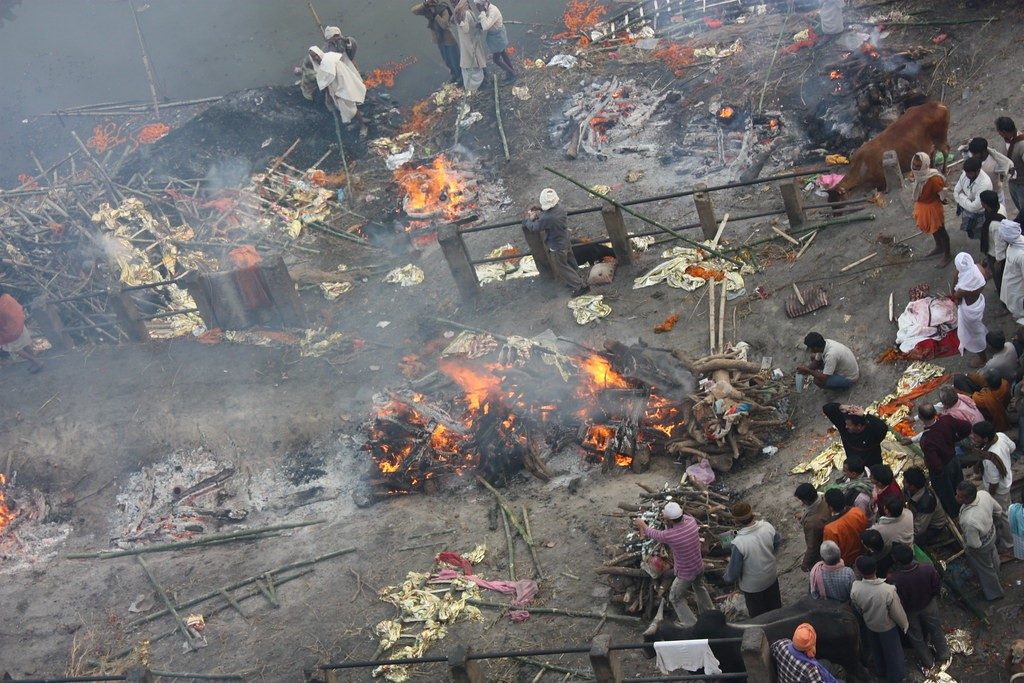Description
*Free /article/ebook download here (pdf)
.
Introduction
About 2,000 million litres of sewage flows into the Ganges River (in the vernacular Ganga) – located in India – every day. Think about that. Every day every week, every year. Year after year. Imagine the impact on the river and its surroundings. The newly re-elected president of India – Narendra Modi (May 2019) – has promised to do something about the pollution of the Ganges River a couple of years ago. Since then, no progress has been made. The Ganges River in India is one of the world’s most polluted bodies of water. Are the citizen killing the river? Can the river handle this flow of sewage, you may ask. If the Ganges River could talk, what would it say to us?
Over and above the sewage, the ashes of thousands of Hindus and partially scorched human remains are dumped into the Ganges every day. Birds and dogs scavenge all day and night long. The Hindus of India believe they can break the perpetual cycle of samsara. It is the cycle of birth and rebirth (reincarnation); thus, they strive to achieve moksha – eternal liberation.
Contents
Overview. Page 5
Introduction. Page 6
Setting an international example: The Whanganui River in New Zealand receiving ‘rights’ in 2014. 10
A Spiritual perspective on the Ganges. 10
Māori Perspective of the Environment 12
Kaitiakitanga today. 13
Māori’s Spiritual perspectives on the Environment 14
A Christian world view or perspective on Sustainability and sustainable practice. 15
Defining Dominion. 17
Conclusion: 20
References: 22
ABOUT THE RESEARCHER (AUTHOR): 24
Christian Perspective. Page 24

River Rights: A United Approach to Improve Sustainable Practice (Front cover).

River Rights: A United Approach to Improve Sustainable Practice (Back cover).









